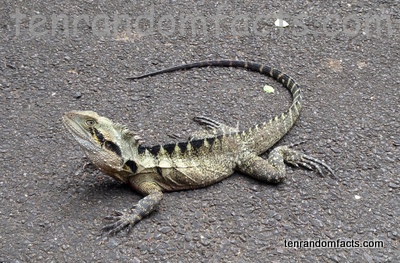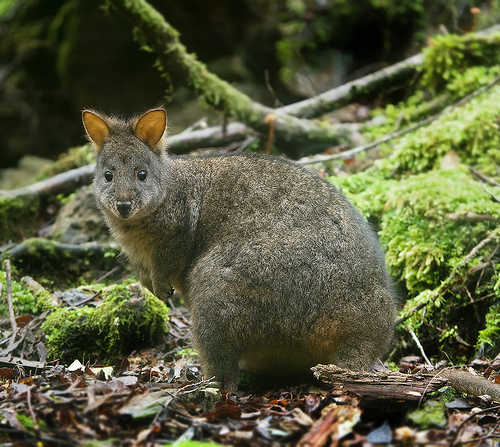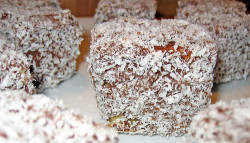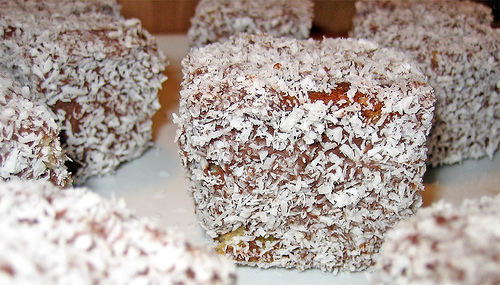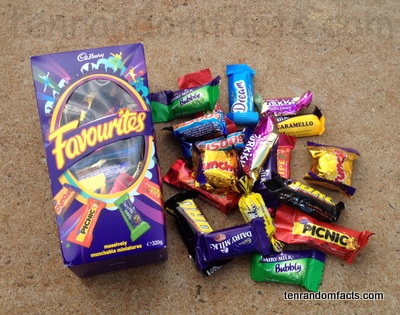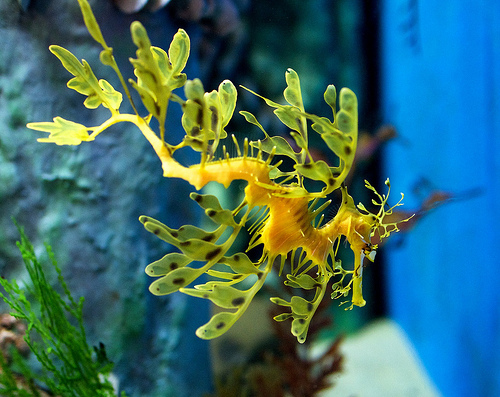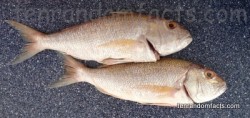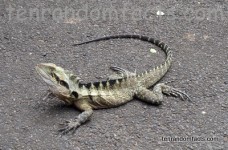
Australian water dragons are the dragons of Down Under.
- Australian water dragons are semi-aquatic lizards native to Australia’s eastern states, and they can be found near various water sources.
- Two subspecies of Australian water dragons go by the name of ‘eastern water dragon’ and ‘Gippsland water dragon’.
- The scientific name of the Australian water dragon is Intellagama lesueurii, and it has been previously known as Physignathus lesueurii.
- Australian water dragons are from the family Agamidae, the family of dragon or iguanian lizards, and they are the solitary member of the Intellagama genus.
- Australian water dragons are adaptive swimmers and climbers, and they feature a long tail that they use to swim in the water.
- Australian water dragons grow to lengths of 60 to 100 centimetres (24 to 40 inches) in length and they weigh between 0.5 to 1 kilogram (1.1 to 2.2 pounds).
- Australian water dragons are typically coloured a combination of black, green-grey, yellow, and brown, and they have obvious spikes at the back of the head, that become smaller and less obvious down the back and the tail.
- Eggs of Australian water dragons are laid in quantities of six to eighteen, in holes they dig in soil or sand, and temperature determines the gender of the young.
- The diet of Australian water dragons consists of insects, spiders, worms and occasionally rodents, fruit and vegetation.
- Australian water dragons can stay under water for 30 to 90 minutes without needing air, and often camouflage themselves among foliage or escape into the water, to hide from predators.
Bibliography:
Australian Water Dragon, 2015, Wikipedia, http://en.wikipedia.org/wiki/Australian_water_dragon
Eastern Water Dragon, 2010, Australian Reptile Park, http://www.reptilepark.com.au/animalprofile.asp?id=83
Water Dragon, 2013, A-Z Animals, http://a-z-animals.com/animals/water-dragon/





